Approaches to the preservation of water resources by the Gunma Complex
The Gunma Complex is surrounded by an environment rich in nature and takes in almost all amounts of the water necessary for the production of silicones from peripheral rivers. Since the manufacturing of chemical products requires a large amount of water, this Complex recirculates the water taken in and reutilizes it for production facilities and cooling water as much as possible in order to minimize the amount of water taken in from rivers. In addition, we perform the purification treatment before discharging water to rivers to control the water quality thoroughly.
Flow of water used by the Gunma Complex
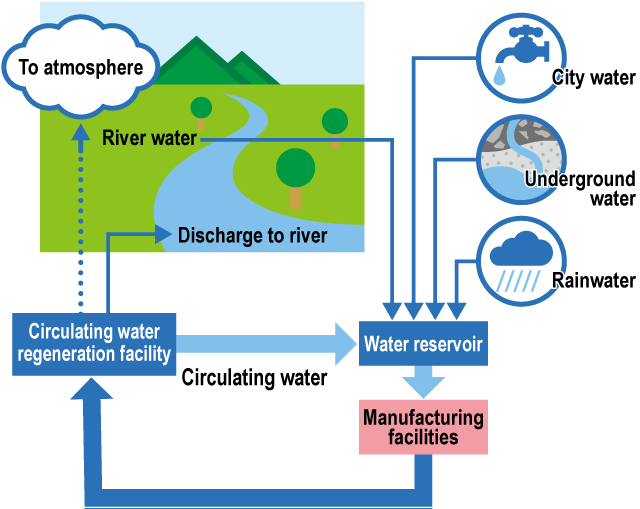
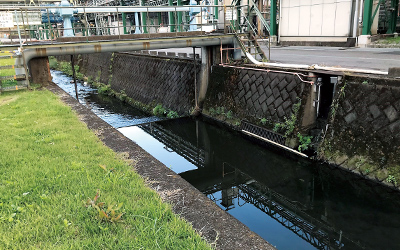
The Isobe and Matsuida plants take in water from the Yanagise River flowing in the plant and a waterway divided from the Usui River in the vicinity of the plant, respectively, to use it as water sources of industrial water for producing silicones. In addition, city water is also partly used.
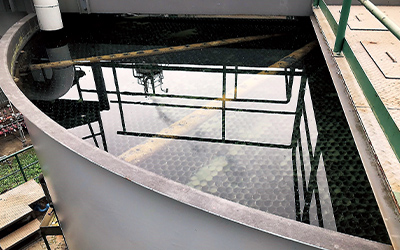
River water taken in is subjected to purification treatment similar to that of waterworks to remove impurities for use as industrial water to produce silicones.
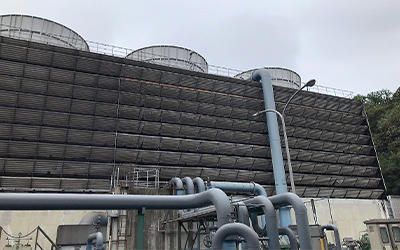
This is a cooling facility for removing the reaction heat generated during silicone production and the condensing heat generated in the distillation process. Pumps supply water to the production facilities and the water warmed in the cooling process returns to the cooling tower. It is cooled by the tower and supplied again to the production facilities. The tower removes the heat efficiently by using circulating water only by replenishing water that evaporates during heat dissipation.
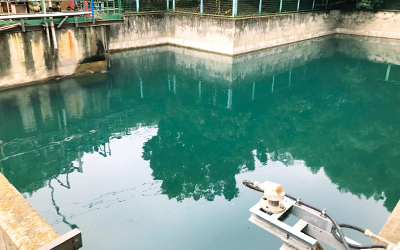
Rainwater is stored to be effectively utilized for miscellaneous application.
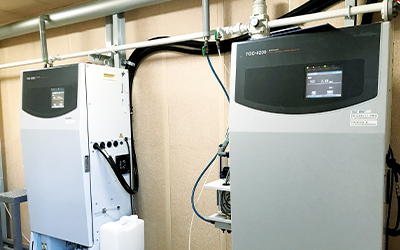
A TOC meter is installed at the end of the discharge port of the plant so that when the leakage of chemical substances to drain ditches for rainwater occurs, it can be detected as early as possible. In addition, continuous monitoring is performed using pH meters. Furthermore, oil film detectors are installed at many places in the plant so that when the leakage of silicone fluid occurs, it can also be detected as early as possible.
*TOC (total organic carbon) meter
This meter measures amounts of organic substances in water based on the amount of carbon used for monitoring contamination.
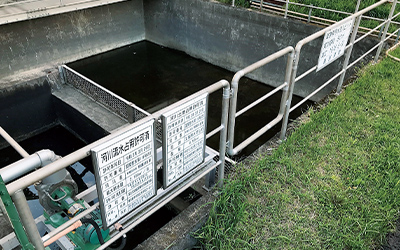
When the TOC meter or the oil film detector operates and an automatic gate shuts off the water in the rainwater ditch, the drainage is temporarily stored in the emergency pit. The stored water is transferred to a wastewater treatment facility and discharged into the rivers after purification.
Example of effective utilization of rainwater
Asia Silicones Monomer (Thailand)
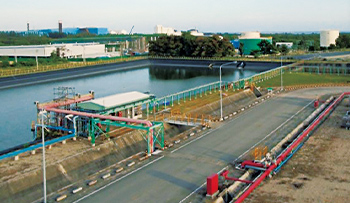
![]() Approach to Sustainability by the Gunma Complex Vol.03
Approach to Sustainability by the Gunma Complex Vol.03
![]() Go to silicone that contributes to sustainability
Go to silicone that contributes to sustainability